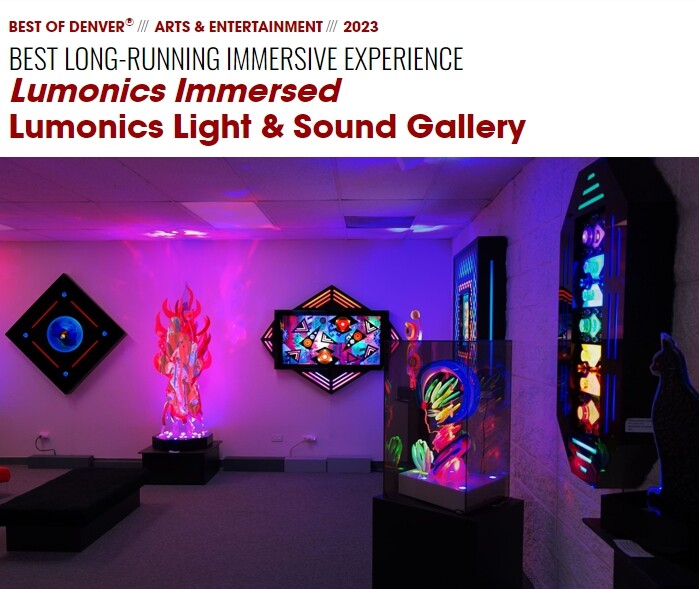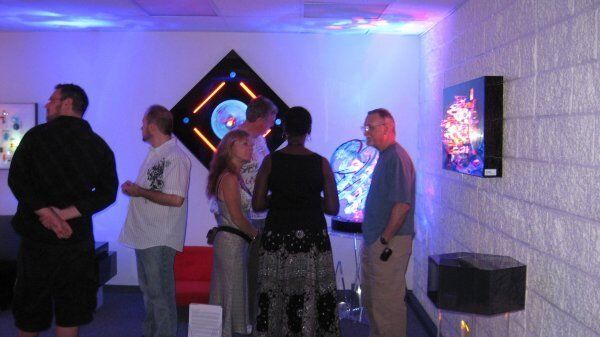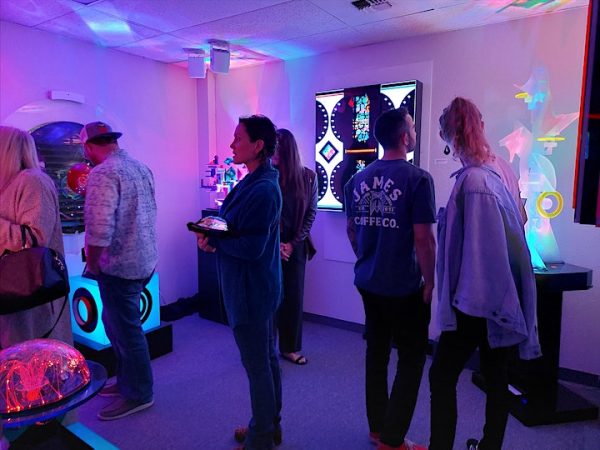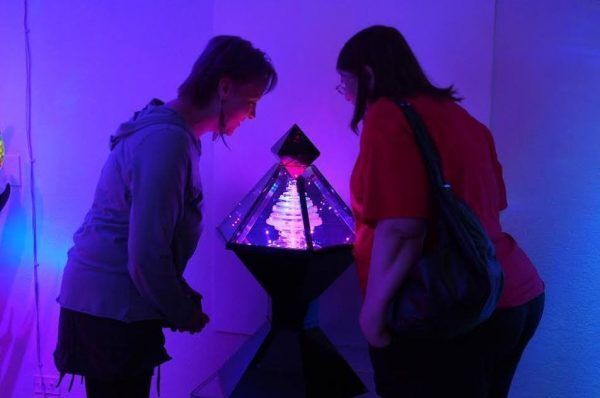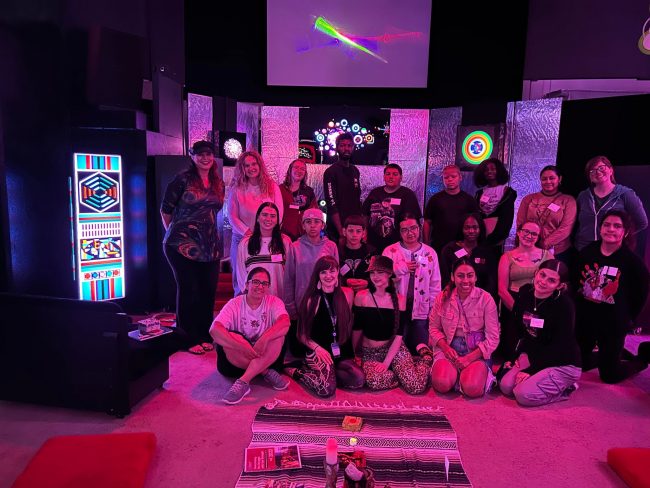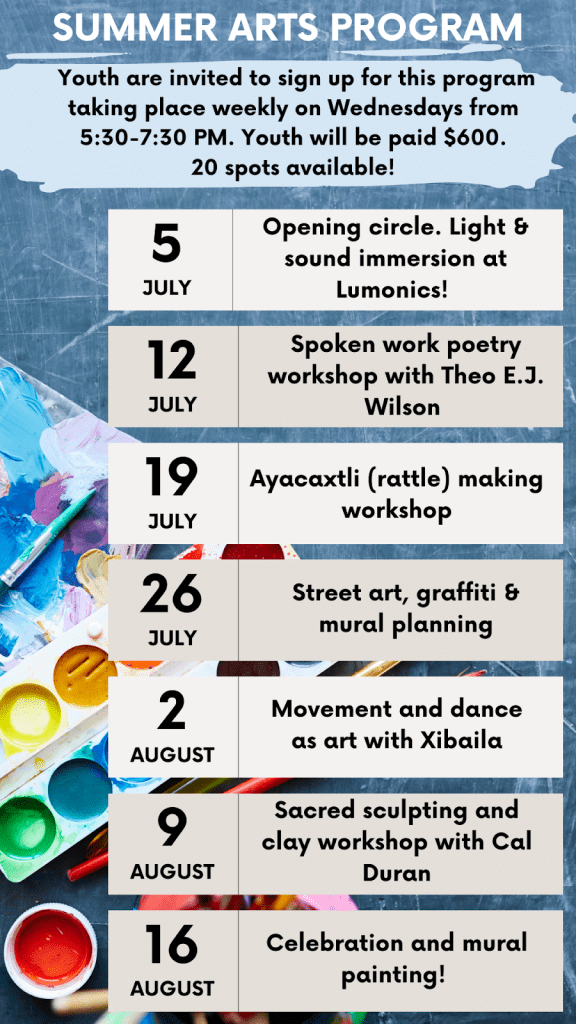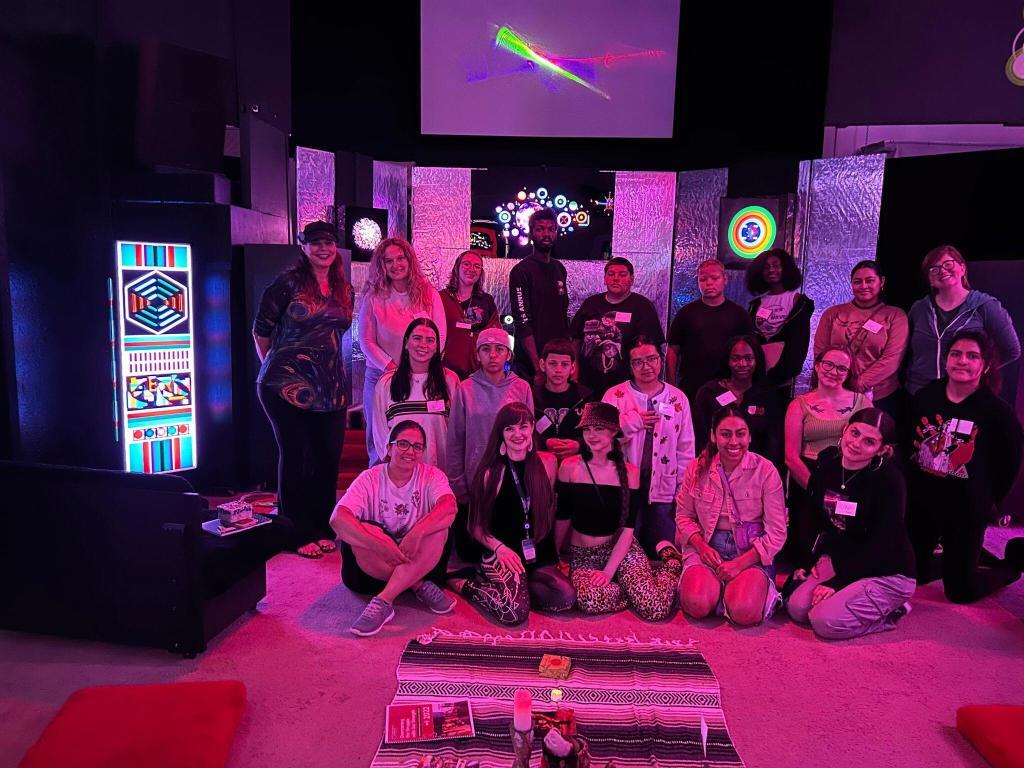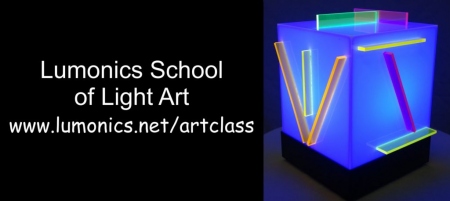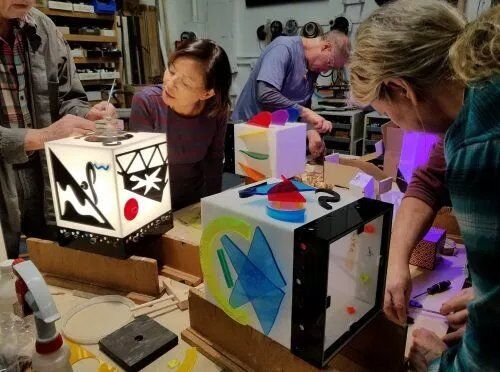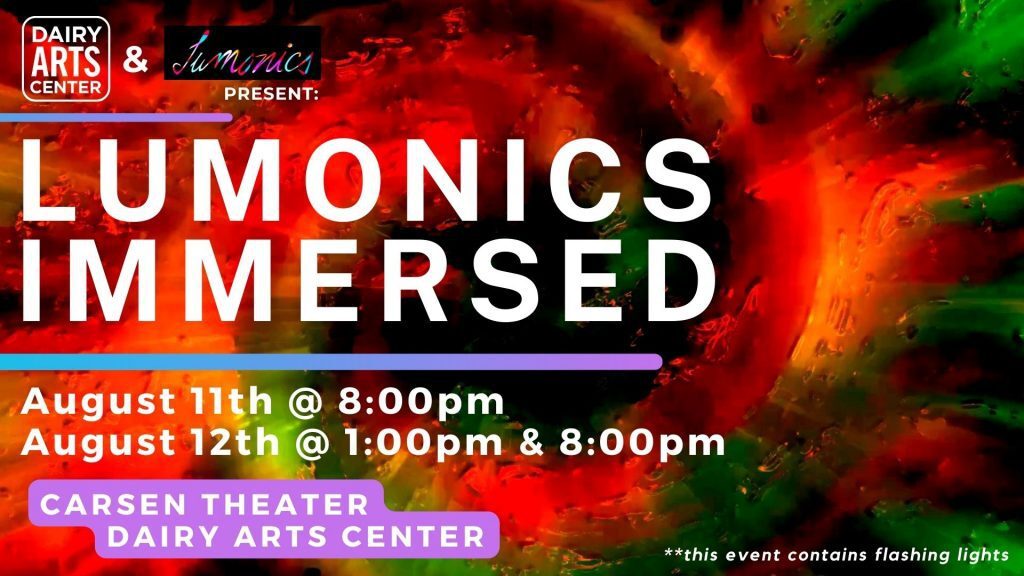
Tickets are still available for Friday evening at 8 pm and the Saturday matinee at 1 pm.
“On August 11 and 12, the Lumonics team will take over the Dairy Arts Center’s Carsen Theater to host three performances of its dazzling, immersive light show, Lumonics Immersed.
Lumonics’ special presentation is part of the studio’s endeavor to introduce Boulder residents to its shimmering light sculptures. Lumonics Immersed is the perfect introduction to the Tanners’ unique art form in one of Boulder’s largest multi-disciplinary arts centers.”
Westword
Lumonics, co-founded by Dorothy Tanner and Mel Tanner, is one of the pioneering light art projects in the United States. Their unique art form combines elements of light, music, and sculptures to create captivating and immersive experiences for the audience.
In this special presentation created for the Carsen Theatre, the event begins with a short documentary, which provides insights into the history, inspiration, and creative process behind Lumonics. It offers a deeper understanding of the artists’ vision and their journey in developing the Lumonics art form.
The presentation proceeds with original visual music projection, accompanied by “members” of the Lumonics Light Orchestra on stage, that aims to transport viewers into a multisensory and immersive experience. It is based on Lumonics Immersed that is presented at Lumonics in North Denver.
Overall, this special presentation offers a unique opportunity for the audience to witness and participate in an art form, where light, music, and sculptures converge to create a truly unforgettable experience.
Carsen Theater
2590 Walnut Street
Boulder, CO 80302 + Google Map
$17-$20
Lumonics Immersed Takes Its Light Sculpture Experience to Boulder
“On August 11 and 12, the Lumonics team will take over the Dairy Arts Center’s Carsen Theater to host three performances of its dazzling, immersive light show, Lumonics Immersed.”
Article in Westword
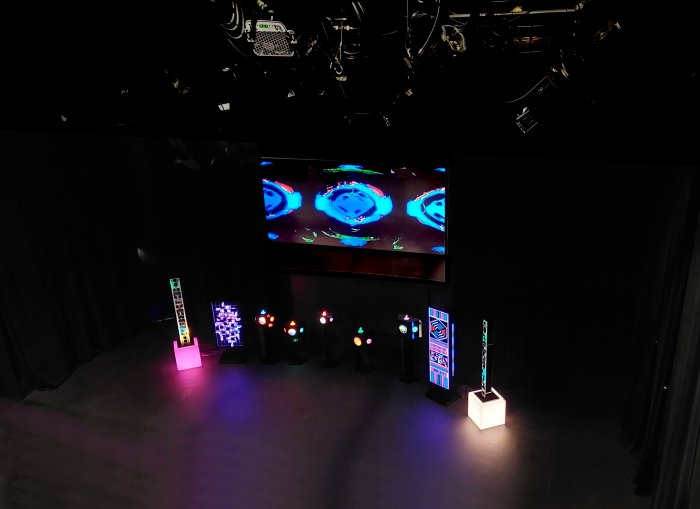
View from the Mezzanine Control Booth


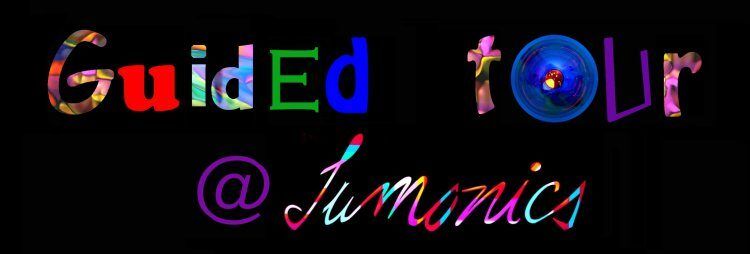
 The Light and Sound Immersion
The Light and Sound Immersion